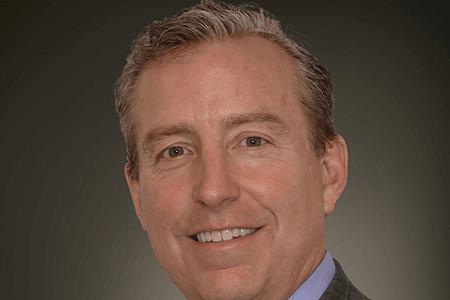Companies To Watch: Edge Therapeutics
By Wayne Koberstein, Executive Editor, Life Science Leader
Follow Me On Twitter @WayneKoberstein
In Phase 3 with an innovatively delivered drug to treat a deadly complication of ruptured brain aneurysm.
SNAPSHOT
 Edge Therapeutics is a public company in Phase 3 development with a sustained-release form of nimodipine, coded EG-1962, to prevent delayed cerebral ischemia (DCI), a common fatal or debilitating complication of aneurysmal subarachnoid hemorrhage (aSAH), or ruptured brain aneurysm.
Edge Therapeutics is a public company in Phase 3 development with a sustained-release form of nimodipine, coded EG-1962, to prevent delayed cerebral ischemia (DCI), a common fatal or debilitating complication of aneurysmal subarachnoid hemorrhage (aSAH), or ruptured brain aneurysm.
WHAT’S AT STAKE
In about three quarters of all cases, a patient with a ruptured brain aneurysm may regain consciousness, appear fairly normal for days or weeks, then abruptly die or suffer severe brain damage. The mechanism is simple but deceptive: When the balloon-like protrusion of an arterial aneurysm bursts, blood pools around the major arteries in the brain for up to about 21 days, where it slowly makes the arteries turn thin and fibrous until they close and no longer supply fresh blood to the brain. Short of dying, patients may be severely impaired or even fall into a vegetative state. The only real opportunity to intervene and save a patient comes between the initial hemorrhage and the subsequent loss of blood supply, called DCI. That is the chosen target of Edge Therapeutics’ lead drug EG-1962.
Edge started up in 2009 after president and CEO Brian Leuthner got together with Dr. R. Loch Macdonald, arguably the leading researcher in cerebral vasospasm and DCI, to address the problem in a business enterprise. Macdonald knew the most promising approach with DCI would be to dilate the affected arteries while they were inundated with blood from the burst aneurysm so they could keep supplying oxygenated blood to the brain. But the only drug approved for that purpose was and is an oral vasodilator that causes off-target side effects. The Edge strategy was to deliver a vasodilator directly to the site of injury.
“Our story is a pharmacokinetics story,” says Leuthner. “We incorporated nimodipine into micro-particles of a polymer that’s used in sutures, so it slowly dissolves in tissue to release the nimodipine. To relieve increased pressure from swelling after the injury, the physician puts a catheter into the brain to drain cerebral spinal fluid. We deliver the medicine through the catheter. With one injection, as the micro-particles dissolve and release the medicine, we’re bathing the vulnerable brain in the medicine for about 21 days.”
Beyond scientific or technical hurdles, the biggest challenges for Edge were financial. After personal loans and contributions and some state and federal grants, the company still lacked adequate capital to move its development program beyond Phase 1. Moreover, in 2009, with the financial markets in shambles, no one seemed interested in putting substantial venture capital into such a risky space. The company turned to individual, “high-net worth” investors, and it found a friend in biotech veteran Sol Barer, a founder of Celgene and numerous other ventures. After an opportunistic meeting with Leuthner and Macdonald, Barer joined the board and helped raise enough money to finance a rewarding Phase 2 trial of EG-1962 in ruptured brain aneurysm patients, launched in 2014.
“We saw remarkable results,” says Leuthner. “Of the patients who got our medicine, 60 percent were able to go back to work or take care of themselves within 90 days — compared to less than 1 percent historically. Almost 30 percent said they had returned entirely to normal.” With the impressive data, Edge went on to its first of several VC rounds and other funding maneuvers as needed to keep the program growing. Today, really in relatively quick order after only eight years, it has a Phase 3 study with its lead drug underway. If approved, EG-1962 could bring a great leap forward in treating a shockingly stealthy and devastating condition, typically in younger people, especially women. But first, it must take a big step of its own in the final stage of development.
Vital Statistics
Employees: 31
Headquarters: Berkeley Heights, NJ
Finances
Total Raised: $208.3M
VC Rounds
2011 - $864,500 (Series A)
2012 - $3.6M (Series B)
2013 - $18M (Series C)
2014 - $16.5M (Series C-1)
2014 - $10M venture debt financing (Hercules)
2015 - $56M (Series C-2, led by Venrock)
2016 - $20M dual-tranche term loan (Hercules)
IPO: $83.3M (net) October 2015
Latest Updates
July 2016: Initiated pivotal Phase 3 NEWTON 2 study of EG-1962 in aSAH.
September 2016: Reported pharmacokinetic data from EG-1962 Phase 1/2 NEWTON study supporting potential clinical and health economic impact in aSAH.
